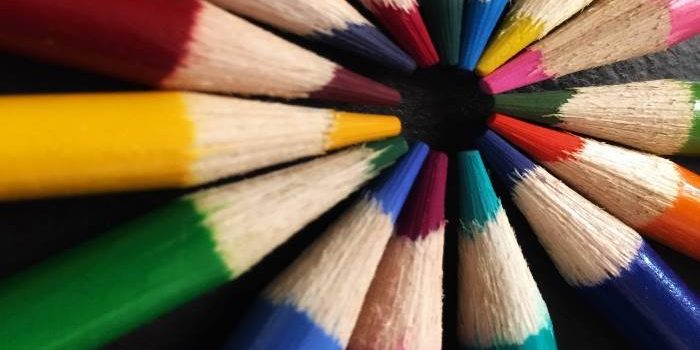Sharp images can be the difference between an award-winning photograph and a photo that lives only in your data storage. It is a major focus of many photographers. The legendary photojournalist Henri Cartier-Bresson said: “I am constantly amused by the notion that some people have about photographic technique–a notion which reveals itself in an insatiable craving for the sharpness of images. Is this the passion of an obsession? Or do these people hope, by this trompe l’oeil technique, to get to closer grips with reality?” So let’s zone in on reality and examine what it takes to get sharp images and software you can use to help.
Definition of a Sharpness For Photographs
The two factors to consider when talking about sharpness include
- Resolution – The ability to distinguish fine detail in an image
- Acutance – how quickly tones transition at an edge
Resolution is determined at the time the photo is taken. The sensors that control your camera, available light, and the quality of the lens used determine the level of resolution each photo can have. Resolution can be added just like your favorite TV investigation show with high tech software that can guess the color of missing pixels based on the pixels next to the empty space.
A similar effect happens when you try to adjust the sharpness of your photos in your favorite editor (Paint.net, Photoshop, Lightroom, etc). Sharpening your photo is actually increasing the acutance of your image. In essence, the process includes adjusting the darkness of pixels based on what’s around it. It slightly darkens dark tones and lightens light ones. After the photo is taken, adjusting the acutance of a photo is easier and performed far more often than adjusting the resolution.
Increase Sharpness With Your Photography Technique
We here at Outdoor Photography Canada like to use the Photoshop picture editing software created by Adobe. Its ability to be customized beyond the purchase with addons and custom code has continued to make it the tool to have, year after year.
In the application, you will find various tools for editing your images. Lens sharpness and motion sharpness can both affect your photo. You need to understand which issue you are dealing with. You can use the Optical Aberrations slider to correct for signs of chromatic aberration. Sharpness options help you to control the noise in the photo.
Once you are done adjusting your photo, you can preview the results. If you like what you see, you can save the results or discard the changes if you have done. With that said, there are limits. Expensive software can sometimes be used with Artificial Intelligence to increase detail in a photo. However, there are limits to this. If something wasn’t captured, it cannot be revealed. So keep in mind that a great photo starts with a great photographer and camera.
Conclusion
Overall Photoshop is still the most popular image customization tool available on the market today. With its countless plugins and ability to create custom code, it can be enhanced to help with a range of photo editing tasks.
Sharpness is dictated by your camera initially; however, the right photo editing software can help to polish your images into the perfect shot. Understanding how the features in your camera and software work, can go a long way towards generating the best pictures.

